The U.S. Agency for International Development has a long and honored record on advancing women’s empowerment and gender equality, supported by leaders in both parties in various administrations and Congress. While priorities shift, USAID’s policies and programs have increasingly recognized both the right to gender equality, as well as the importance of gender equality to developing strong economies and stable societies. But now, in a draft revision of USAID’s policy on gender equality and women’s empowerment, the administration proposes to step back in time.
The draft gender policy is being released while the world is grappling with a global pandemic that has both revealed and exacerbated the extent of gender inequality. Women and girls are taking on greater caregiving responsibilities, making it harder for women to earn a living and girls to return to school. Many countries have reported increases in gender-based violence and child marriage. As USAID looks ahead to what’s over the horizon in a post-COVID world, having a strong, technical, forward-looking gender policy is vital.
Unfortunately, the current draft will undermine USAID’s ability to meet these challenges.
On the positive side, the draft policy makes a strong and comprehensive case for the critical importance of women’s empowerment and gender equality, situating it in the agency’s vision of supporting countries’ “Journey to Self-reliance” and on the pragmatic grounds of economic, social, and policy efficiency and effectiveness. The deficiency comes in the retrograde concept of gender equality and the rush to finalize what appears to be an ideologically driven policy without due consideration of the impact of proposed changes.
On an important conceptual level, the draft policy uses the terms “unalienable rights” and “basic and legal rights” rather than the term “human rights.” On the surface, this would not appear significant. But to those schooled in the field, the words have very different histories and meanings and implications. “Human rights” is an internationally recognized term that has a long history in law, treaties, and practice—most fundamentally the 1948 Universal Declaration of Human Rights—and is characterized by universality, inalienability, interrelatedness, interdependence, and indivisibility. “Unalienable rights” and “basic and legal rights” are not generally recognized terms and are used today to narrow the scope of rights to economic and religious. This framing does not necessarily include fundamental freedoms such as freedom of assembly, association, and expression that we take for granted as Americans, and that are at the bedrock of strong democracies. Often, glaringly left out are a woman’s reproductive rights and nondiscrimination against LGBTI people.
The draft also enforces a strict, binary definition of gender, talking only about women and men, deleting previous language about gender identity. Nowhere is there reference to LGBTI people, who are included in other USAID policy statements and its everyday gender work, but are glaringly absent in the draft gender policy. Nor does it talk about the important concept of intersectionality—which recognizes that many people face multiple forms of discrimination in their societies—such as gender and disability—and addressing these intersecting factors is vital to effective programs seeking to advance gender equality at scale.
Inherent to pursuing effective work on gender equality is gender analysis, undertaking the often time-consuming but critically important task of collecting and sorting through data and qualitative information to distinguish the differing roles of women and men, and the differing impact of policies and practices on each, and further segmenting other relevant demographics, such as age, employment status, or disability. Today, a new relevant analytic division would be women and men, girls and boys, who have been affected by COVID-19 in their health, education, and economic livelihoods, and those who have not. Gender analysis is not mentioned until page 37 and with no elaboration. Gender analysis needs to be added as a stand-alone operational principle and fleshed out as to what is good practice. Further, it includes no mention of the leadership positions and office—Senior Coordinator and the Gender Equality and Female Empowerment Hub—that are vital to carrying out the policy.
Particularly troubling is that this proposed rewrite, over a year in the making, is suddenly being rushed to finalization, with inadequate consideration to internal review. The public draft was released the same day that internal comments were due, which meant that the public draft was uninformed by the breadth of humanitarian and development experts at headquarters and in the field who would be expected to carry out the revised policy and who have the best understanding of the impact of proposed changes. Instead, it was rushed out the door in an unprecedented, truncated process for brief external review.
Concerns about both the technical soundness of the draft policy as well as the irregular process have prompted numerous civil society organizations and members of Congress to act quickly to call out the deficiencies. Representatives Grace Meng and Barbara Lee sent a letter, signed by 86 members of the House, and Senator Bob Menendez has led a letter with 15 Senate signatures calling for changes in both the substance of the policy and the process for improving it. Civil society coalitions submitting comments include MFAN and InterAction, and members of the gender equality and human rights community are weighing in to address the serious shortcomings in the draft policy.
The final days of an intensely political season is no time to bring to finality the revision of existing policy and practice that have been carefully honed over several decades. Given that the proposed draft would not just update, but entirely replace the current policy, it’s especially important to ensure both that the content and the process of the gender policy are credible and to draw upon USAID’s and the community’s vast expertise.
Post-election, with greater opportunity for internal and external comment and deliberation, including consultation with the Congress and civil society, would be the time to proceed if the goal is, as it should be, a broadly accepted, credible policy with the legitimacy to guide USAID programs for the future. The challenges facing the world in the wake of COVID-19 are severe, putting decades of progress toward gender equality at risk. USAID, as the world’s premier development agency, deserves a gender policy that’s up to the task.
The Brookings Institution is committed to quality, independence, and impact.
We are supported by a diverse array of funders. In line with our values and policies, each Brookings publication represents the sole views of its author(s).

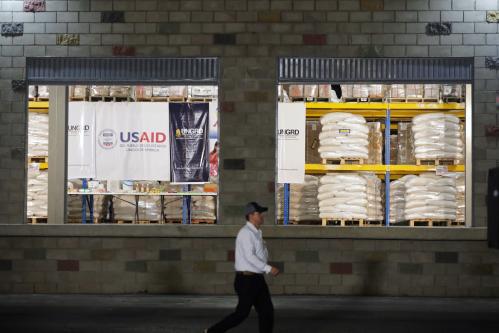
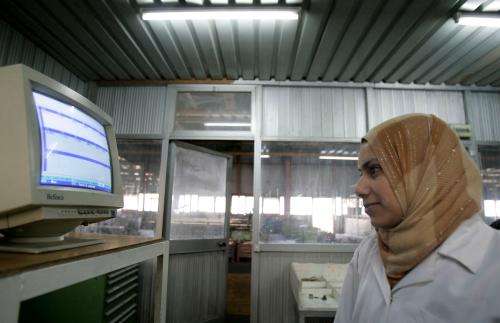
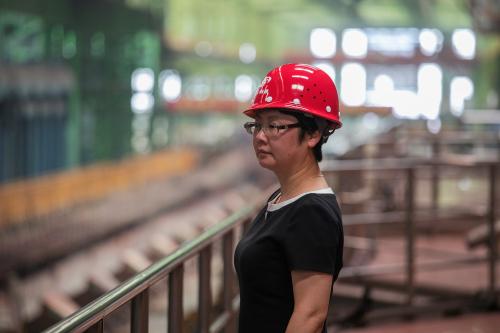
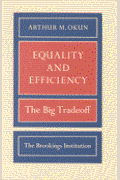
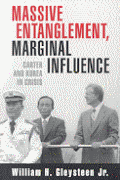
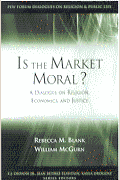





Commentary
USAID’s draft policy retrenches on gender equality
September 10, 2020